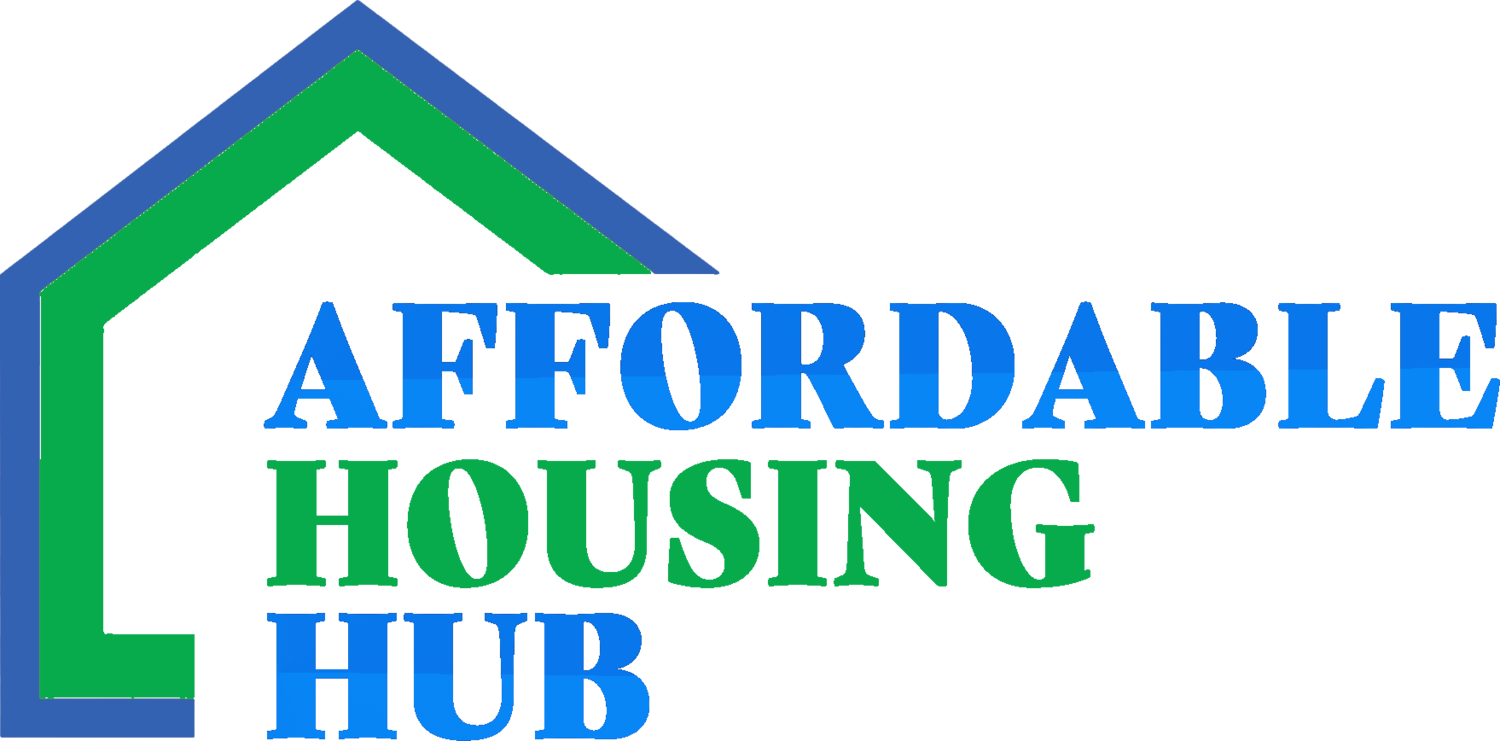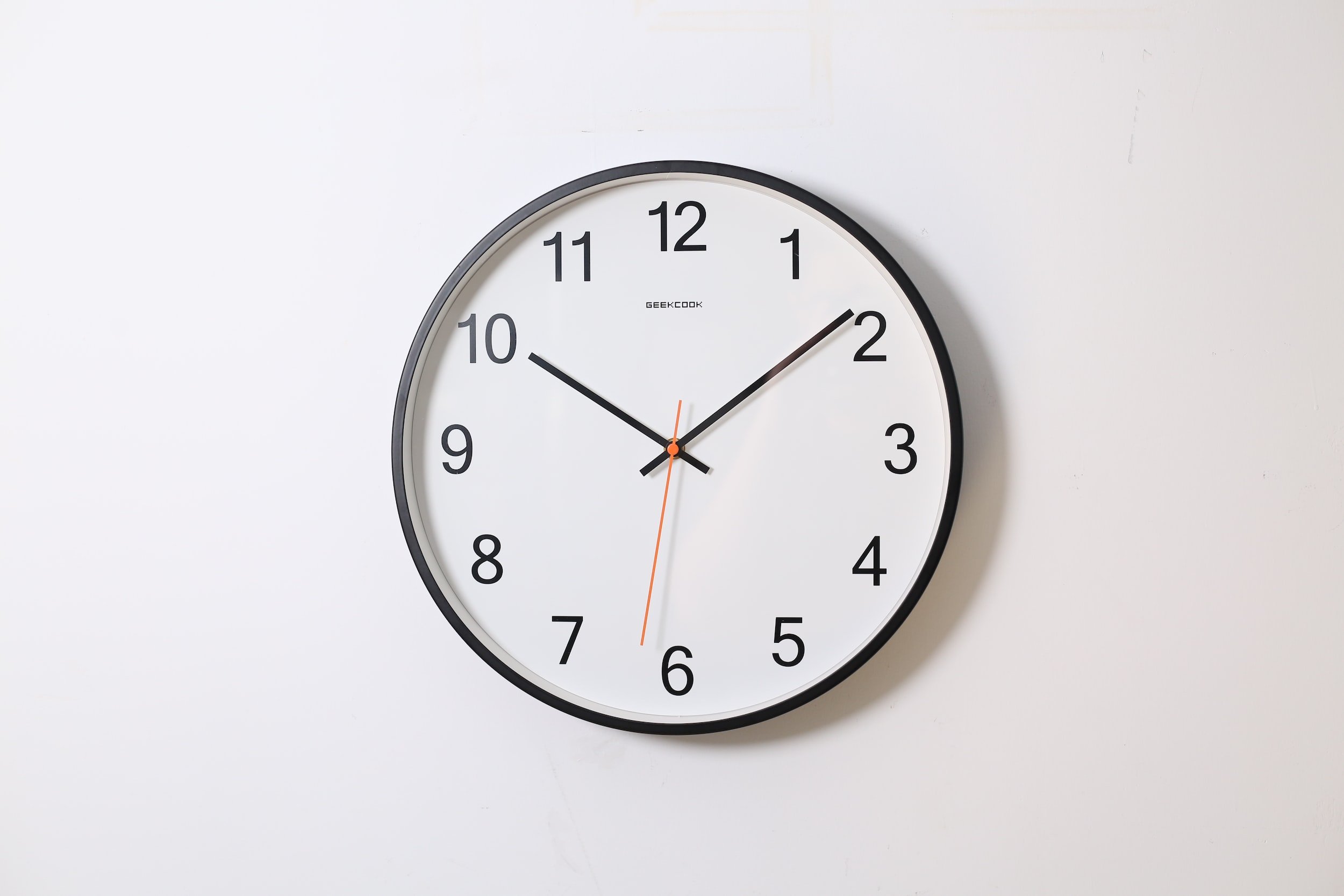Section 8 Housing
The housing choice voucher program is the federal government’s best known and largest program assisting low-income individuals and families, the disabled, and the elderly with finding affordable, safe, secure, and sanitary housing in the private market. Local public housing agencies (PHAs) manage the federally funded program.
Participants in the Section 8 housing voucher program are allowed to make their own housing choices and are not required to live in subsidized housing. They can choose single-family homes, condos, townhomes, or apartments according to availability, and as long as the properties they choose meet the program requirements, including minimum health and safety standards.
The PHA is not responsible for finding housing for program participants. That is the responsibility of individuals and families. Once arrangements are made for the family to move into approved housing, the PHA pays a portion of the tenants rent directly to the landlord.
Who is eligible?
Eligibility is based on a number of factors. These include annual household gross income and family size. A family’s income cannot exceed 50% of the median income in the metropolitan area or county where the property is located. By law, PHAs are required to allocate 75% of their vouchers to applicants whose gross annual income is 30% or below the area income median.
For example, the 2019 median income for a family of four in Charlotte, NC was $79,000. 50% of that median income is $39,500. 30% of Charlotte’s median income for a family of four is $23,700. Your local housing authority can provide the exact median requirements for your area.
Only U.S. citizens and certain non-citizens who have legal immigration status can apply for the program.
To apply for the program, you must provide information regarding your household size, income, assets, and proof of citizenship or legal status. The PHA manager assigned to your case will verify the information you provide with your bank, employer, and other agencies. Whether or not you are approved for the program, and the amount of assistance you get, will depend on the information gathered and verified.
Where do I apply?
You have to contact your local PHA to apply. You can find the office nearest you on using our Search Tool.
How long does it take to get housing?
Because the number of people applying for Section 8 housing far exceeds the resources available, long waiting lists are not uncommon. Waiting lists can be closed when there are more applicants on the list than can be placed in a reasonable time period.
PHAs have the right to give preference to certain applicants. Applicants given preference are commonly the homeless or those living in unacceptable conditions, the involuntarily displaced, and families paying more than half their income in rent. These individuals and families can be moved ahead of others who do not fall into crisis categories.
How do vouchers work?
With the housing voucher program, the participants have the choice of where to live. The PHA gives the voucher holder guidelines about what size house will qualify according to the number of household members.
The unit selected by the voucher holder must meet the health and safety requirements of the PHA. Once the voucher holder and landlord reach an agreement on the cost of rent, the PHA must inspect the property and decide if the amount of rent is reasonable.
The PHA uses the standard amount needed to rent a moderately priced property in the local market when determining how much assistance a voucher holder will receive. This amount does not limit what the landlord can charge in rent or what the family will pay. The voucher holder can choose to rent a property that is above or below the payment standard.
The program participant is required to pay 30% of the adjusted household income in the form of rent and utilities. If the rent is above the payment standard, the voucher holder is responsible for paying the difference. By law, voucher holders may not pay more than 40% of their adjusted household incomes in rent for units that exceed the payment standard.
How is the rent subsidy decided?
The maximum housing assistance available is calculated by the PHA. Generally the maximum assistance allowed is the lesser of the gross rent minus 30% of the household’s adjusted monthly income and the standard payment minus 30% of the household’s adjusted monthly income.
What are the obligations of HUD, the landlord, and you?
At the same time the landlord and the tenant sign the lease, the landlord and the housing authority sign a housing assistance payment contract. The lease and the contract run concurrently.
Tenant’s obligations: The tenant signs a lease for one year and may be required to put down a security deposit. The tenant is expected to comply with the lease including keeping the unit in good condition and paying the household’s share of the rent on time. The tenant must inform the PHA of any changes in family composition or income.
Landlord’s obligations: The landlord is required to provide housing that is safe, secure, and sanitary at a reasonable rent. The unit must meet program standards. The landlord is required to provide the services agreed upon by the lease and the housing assistance contract.
The PHA’s obligations: The PHA assists the family in finding housing and enters into a contract with the landlord. It provides assistance payments on the family’s behalf. The PHA has the right to terminate the agreement if the landlord does not meet all the lease obligations. The PHA is required to reassess the family’s composition and income yearly and inspect the unit at least once a year.
HUD’s obligations: HUD funds the program. HUD pays the PHA a fee to offset the cost of administering the program. HUD is responsible for overseeing the program and ensuring the PHAs are adhering to the requirements of the program.
Can I use the voucher program to buy a house?
The Housing Choice Voucher Homeownership Program allows families in the housing choice voucher program to purchase a home and continue to receive monthly assistance to meet the expenses associated with homeownership.
Not all PHAs offer the program, and the program is only available to those who qualify for the housing choice voucher program. To be eligible you must be a first-time homebuyer and meet specific income and employment requirements. Note: Income and employment requirements do not apply to the disabled or the elderly.
Participants must attend and satisfactorily complete a housing counseling and pre-assistance ownership program. Participants must also meet any additional requirements set by the PHA.
Families that qualify can get up to 15 years of ownership assistance on a 20 plus year mortgage. They can get 10 years’ assistance for mortgages of less than 20 years. These limits do not apply to households that include elderly or disabled members.
Participants have to make a minimum 3% downpayment. 1% of the downpayment must come from personal funds. The remaining 2% can be from contributions made from other programs.
Comprehensive homeownership counseling and referrals to real estate agents and pre-approved lenders are made by the local PHA. For more information on homeownership programs in your state, visit HUD’s local information webpage.










